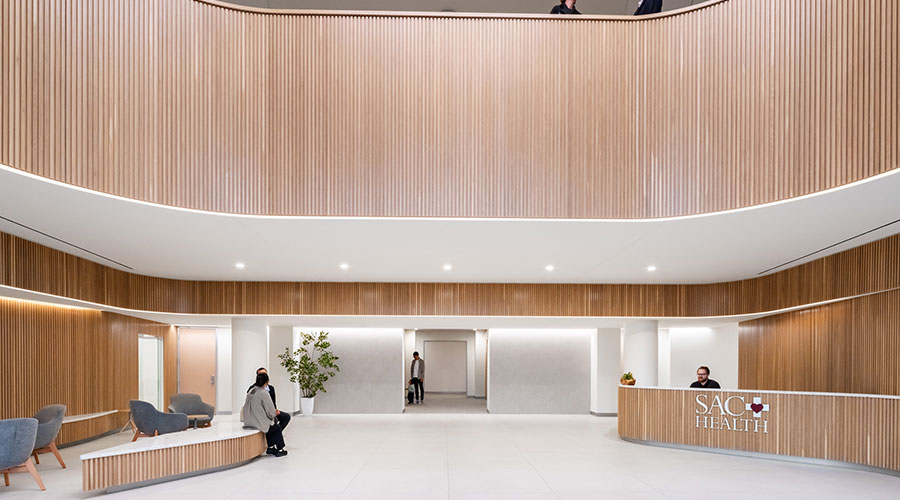Systems Integration Can Streamline Energy Management, Facilities Management
A typical commercial building will have an energy management system. It will need to integrate power consumption data from the HVAC system, power management and control systems, and the lighting system to provide the owner with information on the energy consumption of the building or to improve functionality and reduce energy use.
Enterprise applications can make more expansive use of integrated systems related to energy management. These include large campuses, retail, and enterprise commercial holdings, where there are multiple buildings in different locations or multiple buildings using different building management systems. Integration will allow the acquisition of different remote building data from disparate building management systems to be integrated into an enterprise database and allow the owner to view enterprise data, with the capability to drill down to particular buildings or control systems. Integrating systems can also improve functionality and reduce energy use.
Other examples of system integration related to energy management and green buildings include:
Integration of Energy Management and Facility Management Systems
Building system data needs to be integrated with facility management applications for work orders, asset management, preventive maintenance, and more. It is one thing to construct a new green building; it's quite another to properly operate the building to maintain it as a green building. Applications such as predictive or preventive maintenance and asset management are needed to support the facility management staff in sustaining building performance. Also, integrating this data into business systems such as accounting, budgeting, and purchasing enable the financial side of energy and facility management.
Integrated Building Management Systems
The most innovative building management systems inherently have extensive system integration, facilitated via software. Any data point in nearly any building system can be accessed, acquired, and normalized to the standardized format of an integrated building management system. Typically these systems are scalable, with applications and integration taken to the enterprise level. Examples are retail stores, campuses, or commercial buildings in multiple locations.
The integrated building management systems read or write to data points in building control systems and create a database of enterprise system data. This allows one software platform and a human machine interface to access a broader range of building data and more importantly improves the capability to analyze data. The use of analytic software applications for building control systems (especially the HVAC system) have shown reductions in energy consumption as well as improved operations. Other applications incorporated into an integrated building management system may be green building functions such as automated demand response and an integrated energy management application.
Building systems integration continues to demonstrate a significant positive impact on building life cycle cost, primarily in the areas of operations and energy consumption. As the process for implementing integration projects continues to develop and improve and as buildings become more complex, building owners will more readily adopt the integrated approach.
Jim Sinopoli, PE, LEED AP, RCDD, is managing principal, Smart Buildings LLC. He can be reached at jsinopoli@smart-buildings.com.
Related Topics:










